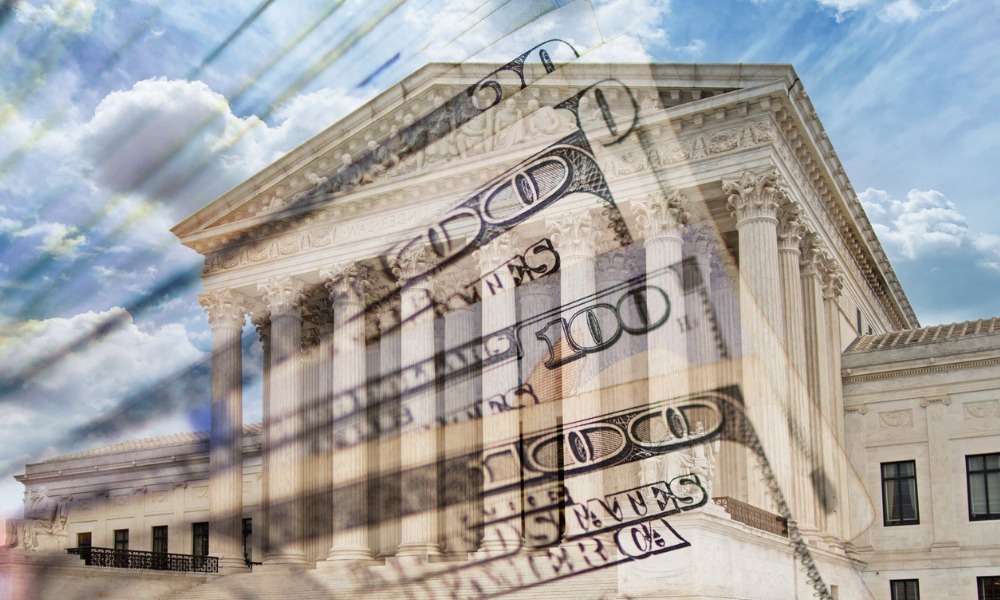What other factors are being considered in the lead up to interest rate decisions?

Federal Reserve chair Jerome Powell is set to deliver a highly anticipated speech this Friday at the Fed’s annual symposium in Jackson Hole, Wyoming. Powell’s remarks come at a pivotal time for the US economy as the central bank navigates a tricky balance between curbing inflation and preventing a potential economic slowdown.
The focus of Powell’s speech will be on the Fed’s upcoming interest rate decisions. With the presidential election just around the corner, the stakes are high. Investors, according to Bloomberg, are eagerly awaiting guidance on whether the Fed will proceed with a rate cut in September, a move that would mark a significant shift in its monetary policy. The decision comes as the US Treasury market, valued at $27 trillion, remains highly sensitive to any signals from the Fed.
The backdrop for Powell’s speech is a US labor market that is showing signs of cooling after years of robust growth. Last month, job growth slowed, and the unemployment rate ticked up for the fourth consecutive time. These developments have raised concerns that the Fed’s previous interest rate hikes may be exerting too much pressure on the economy. Bloomberg noted investors are particularly concerned about the possibility of a policy mistake, which could either lead to a recession or fail to adequately address inflation.
“The question is: Will we have a policy error? That’s why the market’s teetering on edge around the Jackson Hole statement,” said Joseph Brusuelas, chief economist at RSM US LLP. “What we need to hear from the chairman is where the Fed is on the potential policy pivot.”
Current economic condition
Market volatility has already been significant in the lead-up to the event. In early August, a sharp decline in the S&P 500 Index followed disappointing labor market data, while bond traders began pricing in a more aggressive rate cut than previously expected.
Although inflation has eased from its peak, it remains above the Fed’s 2% target. A key measure of inflation showed signs of cooling in July, offering some reassurance to policymakers. However, Powell and his colleagues are wary of the risks associated with a sluggish labor market, which could lead to a prolonged economic downturn if not managed carefully.
In his speech, Powell is expected to navigate these conflicting pressures delicately. While the rationale for cutting rates may focus on a slowing jobs market, he must also avoid sending overly negative signals about the broader economy.
“A downward adjustment doesn’t mean that anything is wrong,” noted Laura Rosner-Warburton, senior economist at MacroPolicy Perspectives, speaking to Bloomberg. “To prevent a negative signal from being sent, the Fed needs to be very clear with its communication.”
As the Jackson Hole symposium unfolds, all eyes will be on Powell to see how he addresses these complex economic dynamics. The market is currently anticipating a modest quarter-point rate cut in September.
Do you have something to say about this story? Let us know in the comments below.



